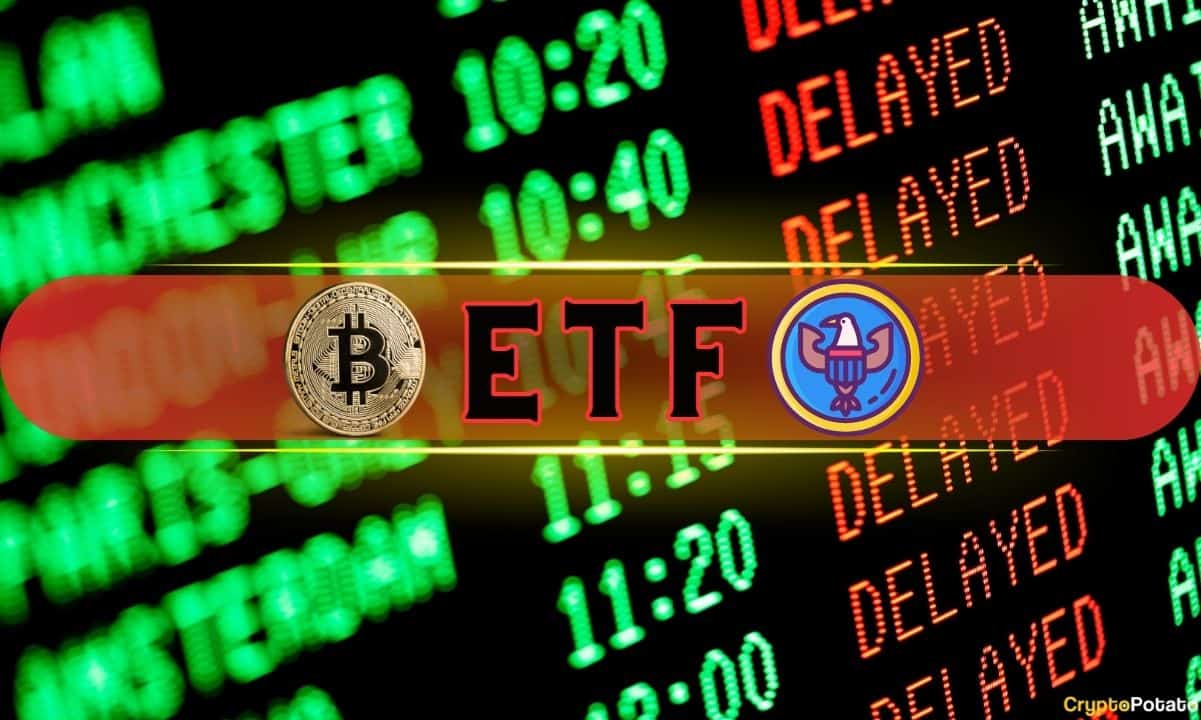ETF Spot su Ethereum Hanno Superato Quelli su Bitcoin per un’Intera Settimana
In un nuovo post su X, il fornitore di soluzioni istituzionali DeFi Sentora (ex IntoTheBlock) ha parlato dell’ultima tendenza: gli ETF spot su Ethereum.
Gli ETF spot sono strumenti di investimento che permettono agli investitori di ottenere esposizione a un asset sottostante, come ETH, senza possederlo direttamente.
Questi ETF vengono negoziati su piattaforme tradizionali, quindi gli investitori non familiari con wallet o exchange di asset digitali possono semplicemente scegliere di investire nella criptovaluta tramite essi.
Questo percorso verso gli asset digitali è relativamente nuovo: BTC ha ottenuto l’approvazione del SEC per ETF spot all’inizio del 2024 e ETH a metà 2024.
Generalmente, gli ETF spot su Bitcoin tendono a superare quelli su Ethereum in termini di flussi di capitale, poiché Bitcoin è l’asset più grande e con maggiore interesse. Tuttavia, recentemente la situazione è cambiata. Come spiega Sentora:
Gli ETF su ETH hanno superato quelli su BTC per sette giorni consecutivi, un trend che potrebbe indicare una rotazione crescente degli investitori e un rafforzamento del sentiment relativo verso ETH.Va precisato che, anche se ETH ha performato meglio di BTC in questo periodo, non significa che la moneta abbia registrato solo afflussi: secondo i dati di SoSoValue, gli ETF su ETH avevano subito deflussi poco prima.

Flussi netti degli ETF su Ethereum
Anche durante i deflussi, gli ETF spot su Ethereum si comportavano meglio di quelli su Bitcoin, poiché le perdite erano minori. Negli ultimi giorni, i flussi netti sono tornati positivi, con 455 milioni di dollari di afflussi netti registrati martedì.
Prima dei recenti flussi negativi, gli ETF spot su ETH avevano registrato flussi netti settimanali positivi da maggio, come evidenziato dal grafico condiviso dalla società di analytics on-chain Glassnode.
La settimana che ha interrotto la serie positiva ha registrato un deflusso netto di circa 105.000 ETH (486 milioni di dollari). Resta da vedere se la fine di questa settimana riporterà il segno verde sul grafico.
Indirizzi attivi su Ethereum
Un altro indicatore che ETH ha visto recentemente un calo è il numero di Active Addresses, come segnalato da Sentora in un altro post su X.
- La scorsa settimana circa 3,8 milioni di indirizzi hanno partecipato alle attività di transazione sulla blockchain di Ethereum.
- Questo valore è in calo rispetto al picco di inizio agosto, ma resta comunque elevato se confrontato con i precedenti mercati rialzisti.

You May Also Like

American Bitcoin’s $5B Nasdaq Debut Puts Trump-Backed Miner in Crypto Spotlight

Cashing In On University Patents Means Giving Up On Our Innovation Future
